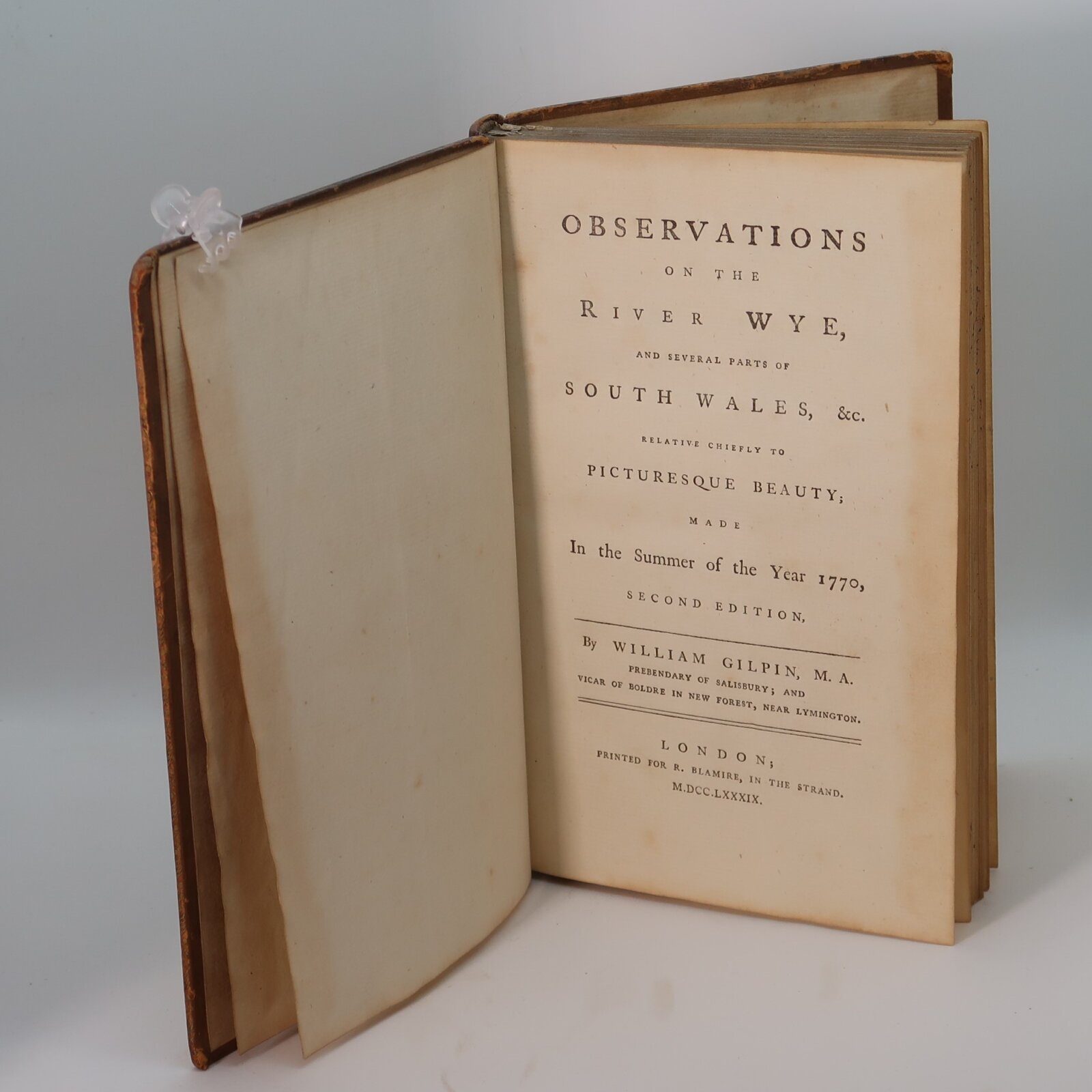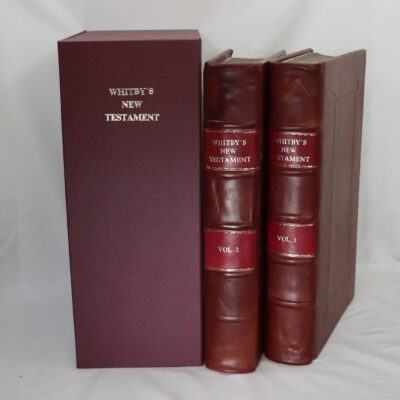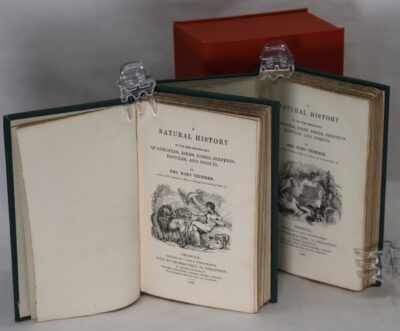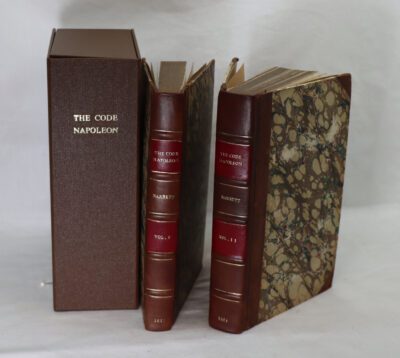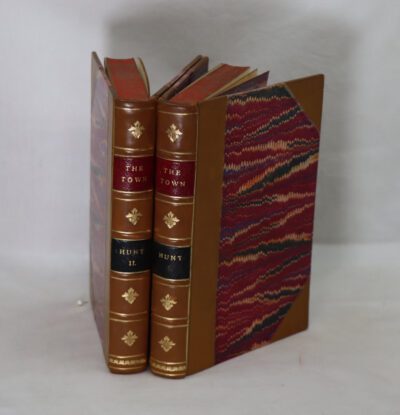Gilpin on the Wye.
By William Gilpin
Printed: 1789
Publisher: R Blamire. The Strand
Edition: second edition
| Dimensions | 15 × 23 × 2 cm |
|---|
Language: Not stated
Size (cminches): 15 x 23 x 2
Condition: Fine (See explanation of ratings)
FREE shipping
Your items
Item information
Description
Tan leather binding with red title plate, gilt banding and lettering on the spine.
Questionable, a first tourist guide – In the late eighteenth and early nineteenth centuries it was fashionable to take a boat tour down the Wye Valley, to view its romantic sites and picturesque landscape. ‘Tourists’ dined at specific locations, took walks to particular viewpoints and visited specific romantic ruins, making the ‘Wye Tour’ one of the first package holidays.
In 1768 Gilpin published a popular Essay on Prints, where he defined the picturesque as “that kind of beauty which is agreeable in a picture” and began to expound his “principles of picturesque beauty”, based largely on his knowledge of landscape painting. During the late 1760s and 1770s, Gilpin travelled extensively in the summer holidays and applied his principles to the landscapes he saw, committing his thoughts and spontaneous sketches to notebooks.
Gilpin’s tour journals circulated in manuscript to friends such as the poet William Mason and a wider circle including Thomas Gray, Horace Walpole and King George III. In 1782, at Mason’s instigation, Gilpin published Observations on the River Wye and several parts of South Wales, etc. relative chiefly to Picturesque Beauty; made in the summer of the year 1770 (London 1782). This was illustrated with plates based on Gilpin’s sketches, etched by his nephew William Sawrey Gilpin using the newly invented aquatint process. There followed Observations on the Lake District and the West of England, and after his move to Boldre, Remarks on Forest Scenery, and other woodland Views… (London, 1791).
Gilpin’s watercolour technique has been compared with that of Alexander Cozens. Both texture and composition were important in a “correctly picturesque” scene. The texture should be “rough”, “intricate”, “varied” or “broken”, without obvious straight lines. The composition should work as a unified whole, incorporating several elements: a dark “foreground” with a “front screen” or “side screens”, a brighter middle “distance”, and at least one further, less distinctly depicted “distance”. A ruined abbey or castle would add “consequence”. A low viewpoint that tended to emphasise the “sublime” was always preferable to a prospect from on high. While Gilpin allowed that nature was good at producing textures and colours, he saw it as rarely capable of creating the perfect composition. Some extra help from the artist, perhaps a carefully placed tree, was usually required.
Unlike other travel writers of his time such as Thomas Pennant, Gilpin included little history and few facts or anecdotes. Even Gilpin’s descriptions can seem quite vague, concentrating on how scenery conformed to picturesque principles rather than its specifics. In a much-quoted passage, Gilpin took things to an extreme, suggesting that “a mallet judiciously used” might render the insufficiently ruinous gable of Tintern Abbey more picturesque. In the same work he criticised John Dyer’s description of the view from Grongar Hill for giving a distant object too much detail. Such passages were easy pickings for satirists such as Jane Austen, as she showed in Northanger Abbey and other novels and works. (Elizabeth Bennet, in Pride and Prejudice, notably refuses to join Mr. Darcy and the Bingley sisters in a stroll with the teasing observation, “You are charmingly group’d, and… the picturesque would be spoilt by admitting a fourth.”)
Although he came in for criticism, Gilpin had published at exactly the right time. Improved road communications and travel restrictions in continental Europe produced a burst of British domestic tourism in the 1780s and 1790s. Many such picturesque tourists were intent on sketching, or at least discussing what they saw in terms of landscape painting. Gilpin’s works were the ideal companions for the new generation of travellers; they were written specifically for them and not intended as comprehensive travel guides.
William Gilpin (4 June 1724 – 5 April 1804) was an English artist, Anglican cleric, schoolmaster and author. He is best known as a travel writer, and as one of those who originated the idea of the picturesque.
Want to know more about this item?
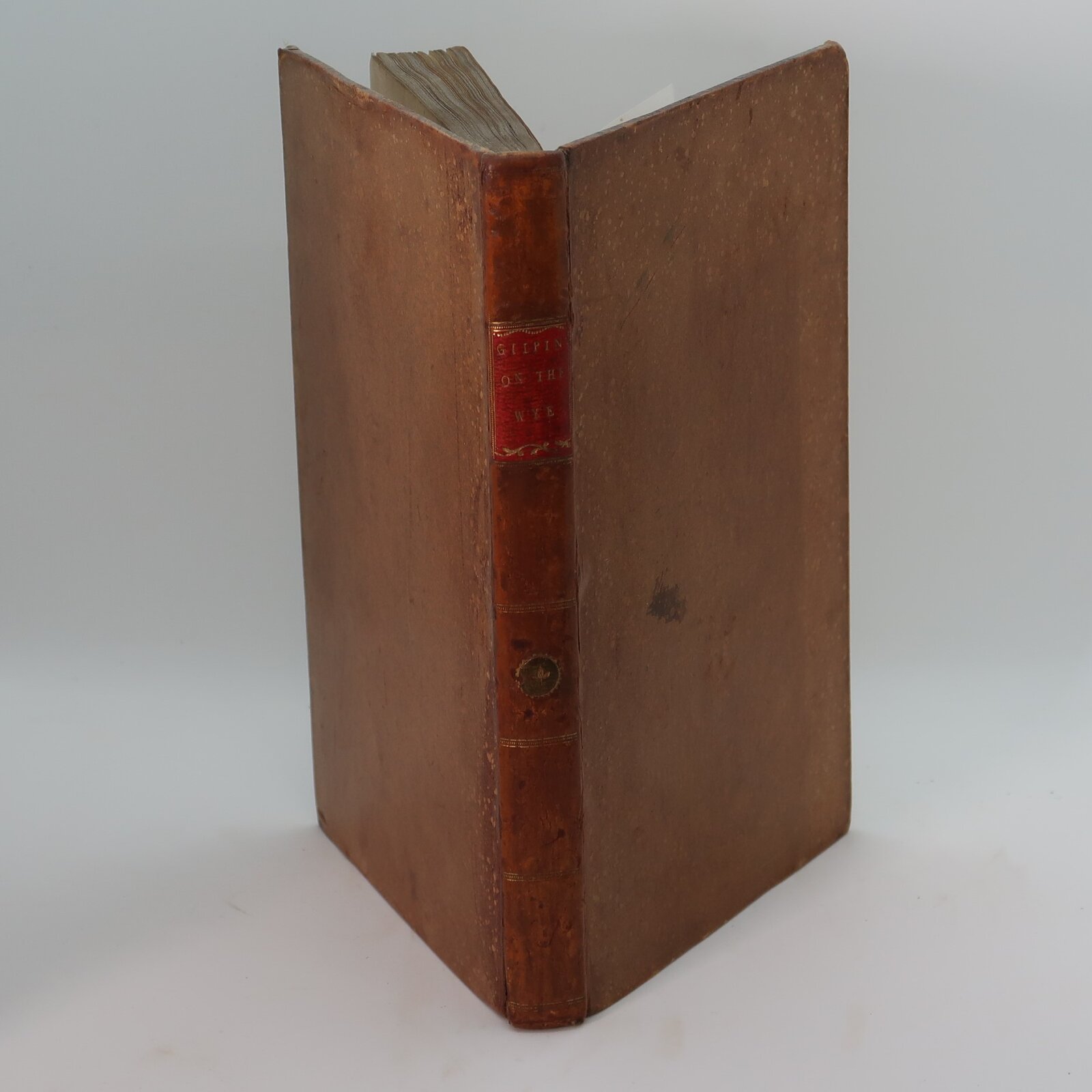
Related products
Share this Page with a friend

